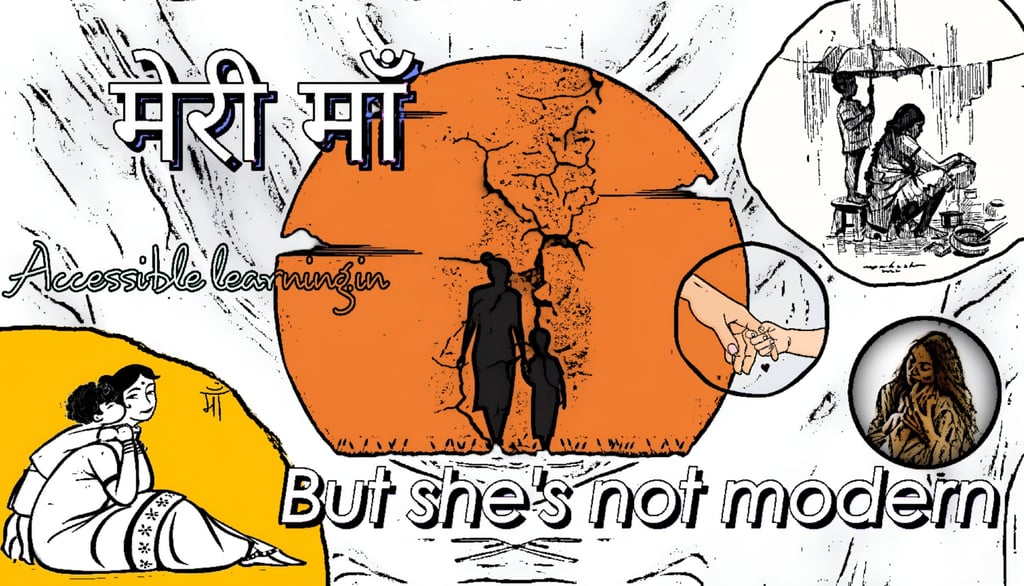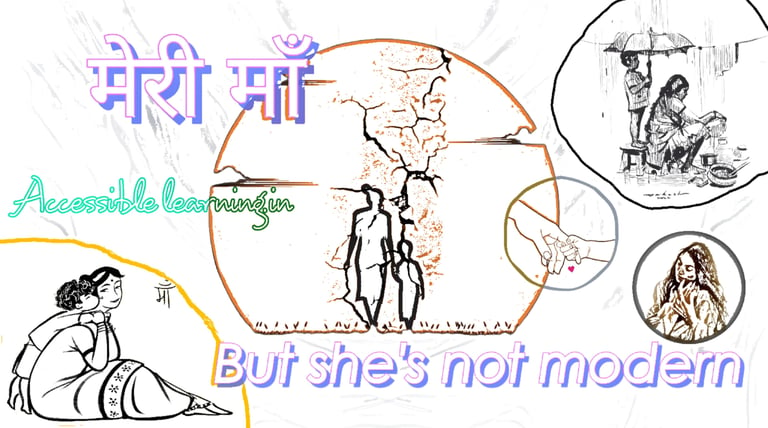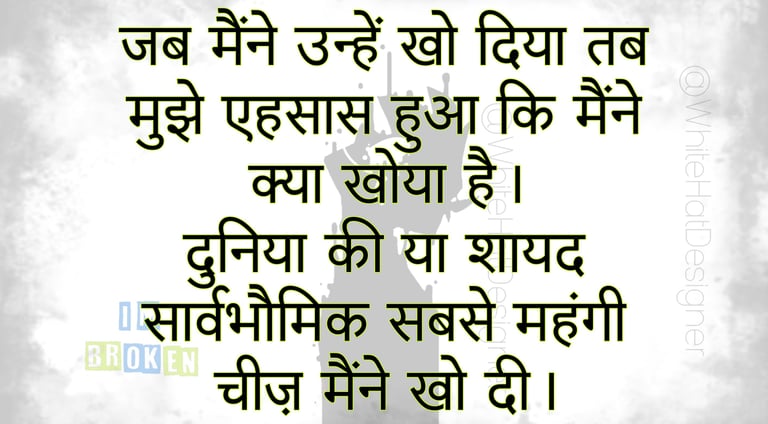
The Changing Landscape of Motherhood in India!
the key lies in finding a balance between tradition and modernity, adapting to changing times while preserving the essence of what makes Indian culture unique. By fostering empathy, understanding, and mutual respect between generations, we can bridge the gap between old and modern mothers, creating a more harmonious and inclusive society where each individual's contributions are celebrated.
EVENT/SPECIALSCIENCE/PHILOSOPHYEDUCATION/KNOWLEDGEA LEARNING
Sachin K Chaurasiya
3/14/20243 min read


In Indian culture, the image of the quintessential "old mother" is often revered for her wisdom, strength, and traditional values. However, with the advent of modernity, a new archetype has emerged—the "modern mother" who is often criticized for her perceived shortcomings. While both have their strengths and weaknesses, it's essential to recognize the nuances and bridge the gap between generations rather than resorting to blanket judgments.
The old Indian mother is typically portrayed as wise, nurturing, and deeply rooted in tradition. She embodies the values of sacrifice, resilience, and family cohesion. Her approach to parenting often revolves around strict discipline, respect for elders, and upholding cultural norms. From imparting moral values to passing down age-old recipes, she plays a crucial role in shaping the identity of her children and grandchildren.
However, despite the older mother's praise, some aspects of her parenting style could be considered outdated or even harmful in today's fast-changing world. A major criticism is their reluctance to embrace modernity, often viewing progressive ideas with suspicion or outright rejection. This resistance to change can lead to a lack of adaptability, hindering their ability to connect with younger generations and understand their unique challenges.
In contrast, the modern mother, often labeled an "idiot" by traditionalists, represents a deviation from traditional norms. She is ambitious, independent, and unafraid to challenge societal expectations. With access to information at her fingertips, she wants to provide her children with opportunities for personal growth and success beyond what they previously imagined. From encouraging higher education to fostering creativity and individuality, she gives priority to the holistic development of her children.


Yet, amid her progressive ideals, the modern mother is not without flaws. Critics argue that her pursuit of material success and career advancement sometimes comes at the expense of spending quality time with her family. The rise of technology and social media has further exacerbated this isolation, raising concerns about excessive screen time and superficial interactions replacing meaningful human relationships. Additionally, some argue that the erosion of traditional values in favor of Western ideologies may contribute to a loss of cultural identity and moral grounding.
It is clear that both older and modern mothers have their strengths and weaknesses, but rather than pitting them against each other, there is an opportunity for mutual learning and growth. Older mothers may benefit from adopting some aspects of modernity, such as being open-minded, accepting diversity, and recognizing the importance of mental health awareness. Likewise, the modern mother can gain wisdom from her predecessors, learning to appreciate the value of tradition, the importance of family bonds, and the importance of instilling cultural pride in her children.


Ultimately, the key lies in finding a balance between tradition and modernity, keeping pace with the changing times while preserving the essence that makes Indian culture unique. By fostering empathy, understanding, and mutual respect between generations, we can bridge the gap between older and modern mothers, creating a more harmonious and inclusive society where each person's contribution is celebrated. After all, in the image of Indian motherhood, there is scope for both the eternal wisdom of the old mother and the progressive spirit of the modern mother to co-exist and flourish.
Subscribe to our newsletter
All © Copyright reserved by Accessible-Learning
| Terms & Conditions
Knowledge is power. Learn with Us. 📚


